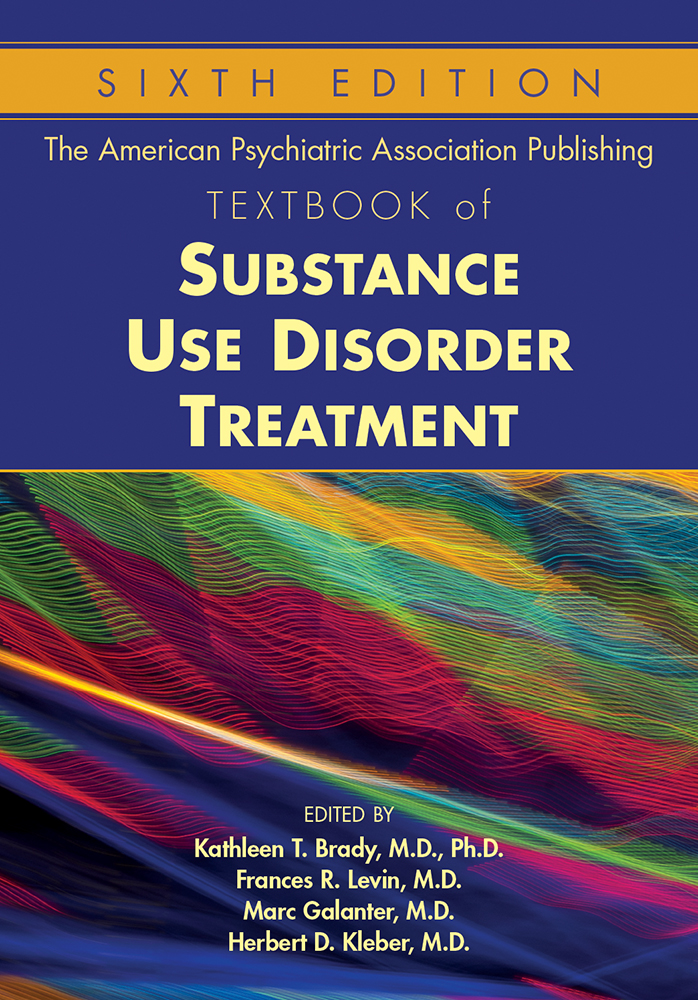Sections
Excerpt
Although substance use disorders (SUDs) are often perceived as problems affecting primarily adolescents and younger adults, the increasing prevalence in the older population represents a significant public health concern (Han et al. 2009). At the same time, the world population of older adults is growing rapidly. It is estimated that persons ages 65 years and older will grow from 15% of the population in 2014 to 21% of the population in 2030, when the youngest “baby boomers” (a group defined as individuals born between 1946 and 1964) will be 66 years of age (U.S. Census Bureau 2014). In addition to these demographic changes, the cohort of aging baby boomers has higher rates of illicit drug use than preceding generations. Social changes and shifts in cultural attitudes toward authority have made this cohort more likely to have experimented with illicit drugs in their youth (Koechl et al. 2012), and addiction initiated in youth often persists into advanced age (Anderson and Levy 2003). This expanding group of aging elders has a greater need of treatment for SUDs than previous generations (Gross 2008). The prevalence of SUDs in older adults is often underreported and is certainly underestimated. This phenomenon of occult substance misuse by the older population has been referred to as an invisible epidemic.
Access content
To read the fulltext, please use one of the options below to sign in or purchase access.- Personal login
- Institutional Login
- Sign in via OpenAthens
- Register for access
-
Please login/register if you wish to pair your device and check access availability.
Not a subscriber?
PsychiatryOnline subscription options offer access to the DSM-5 library, books, journals, CME, and patient resources. This all-in-one virtual library provides psychiatrists and mental health professionals with key resources for diagnosis, treatment, research, and professional development.
Need more help? PsychiatryOnline Customer Service may be reached by emailing [email protected] or by calling 800-368-5777 (in the U.S.) or 703-907-7322 (outside the U.S.).



